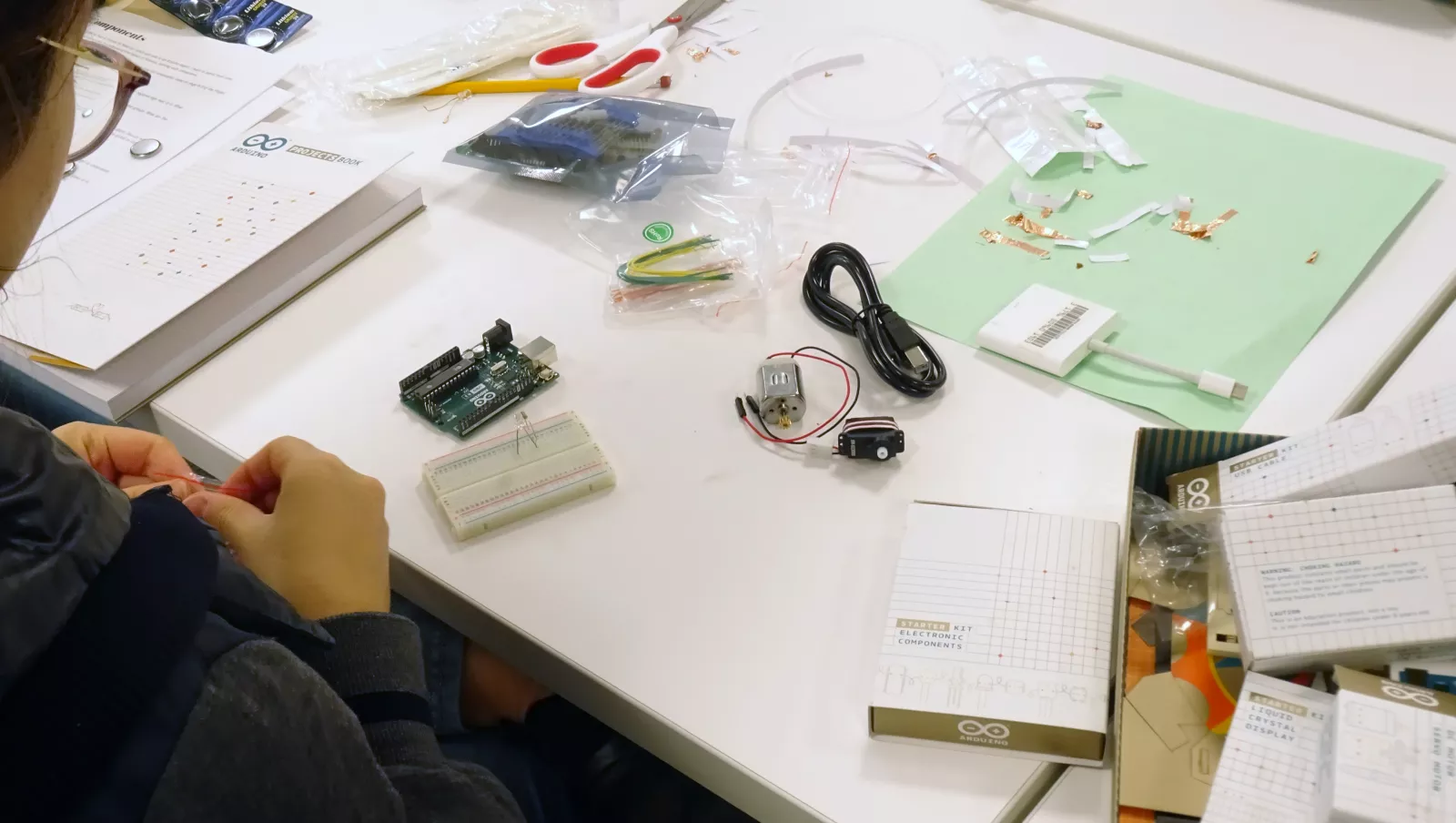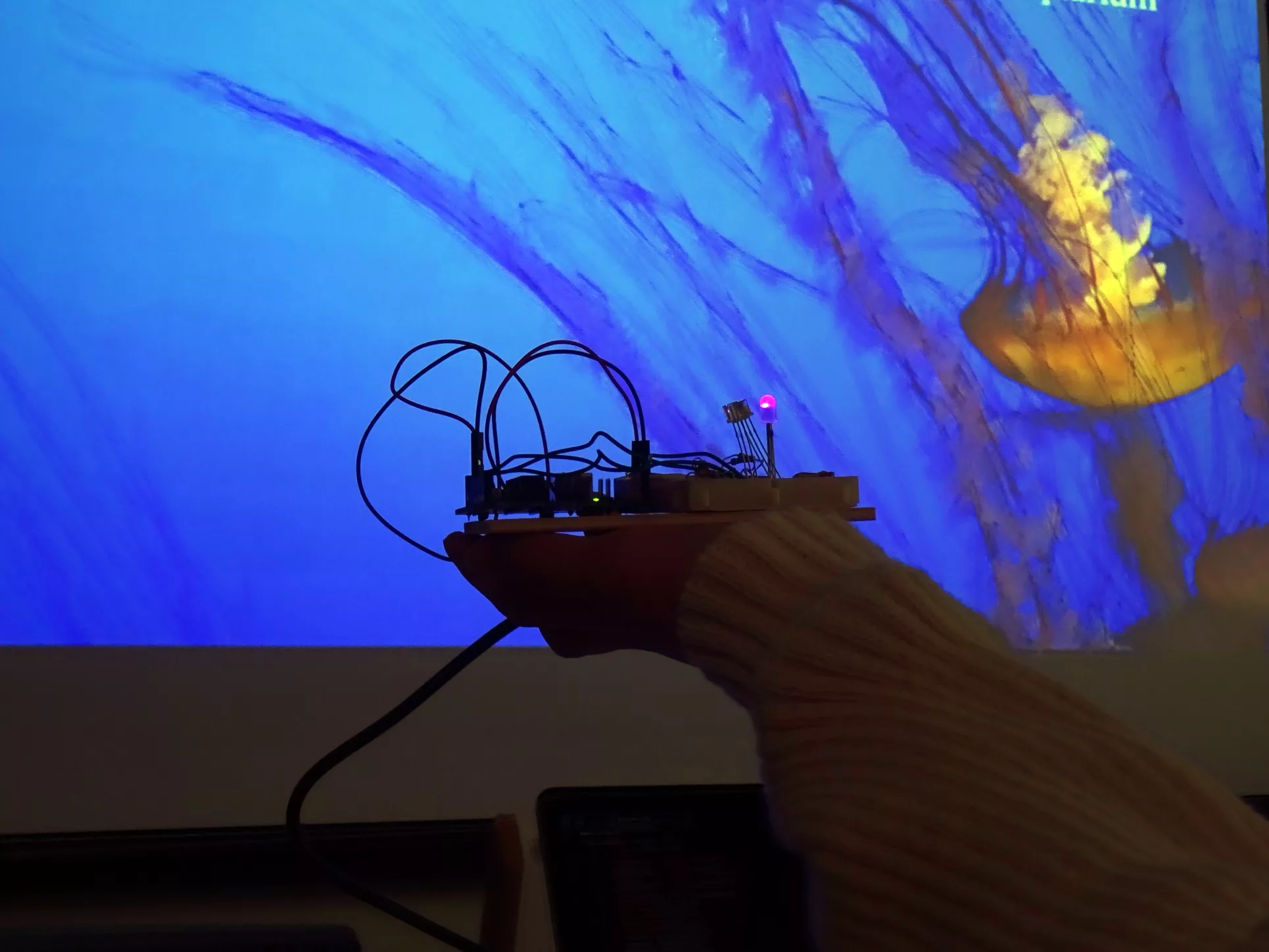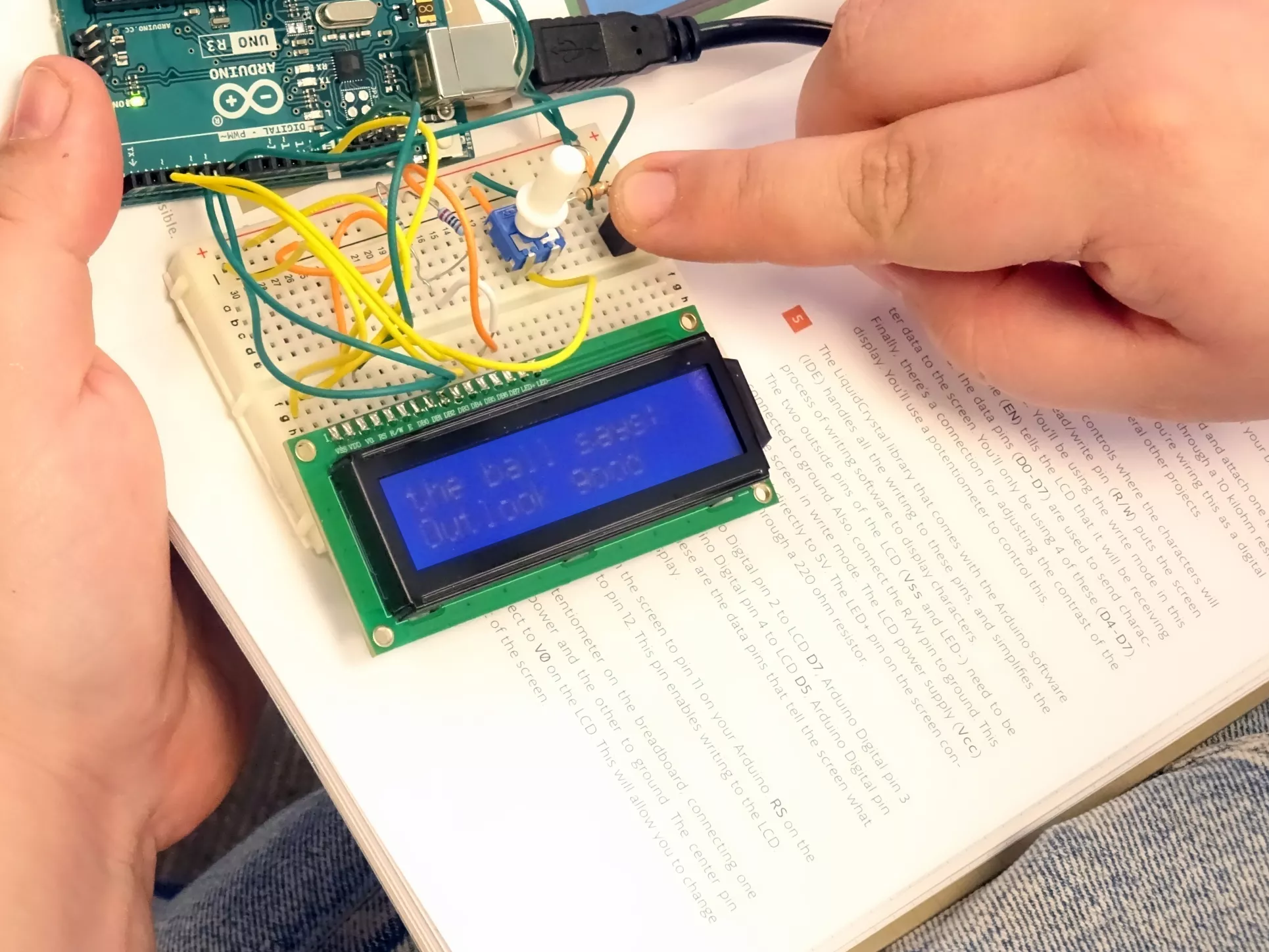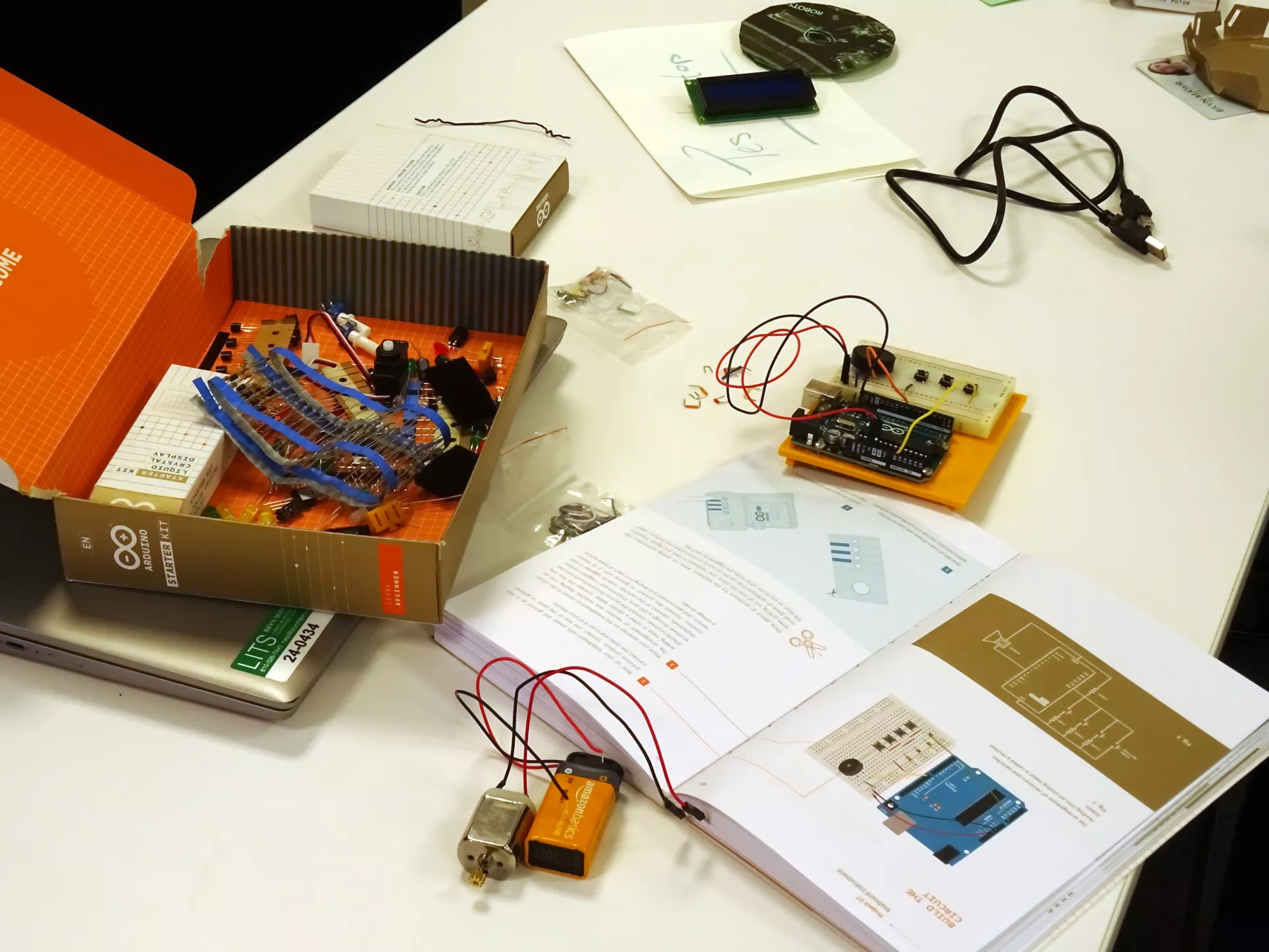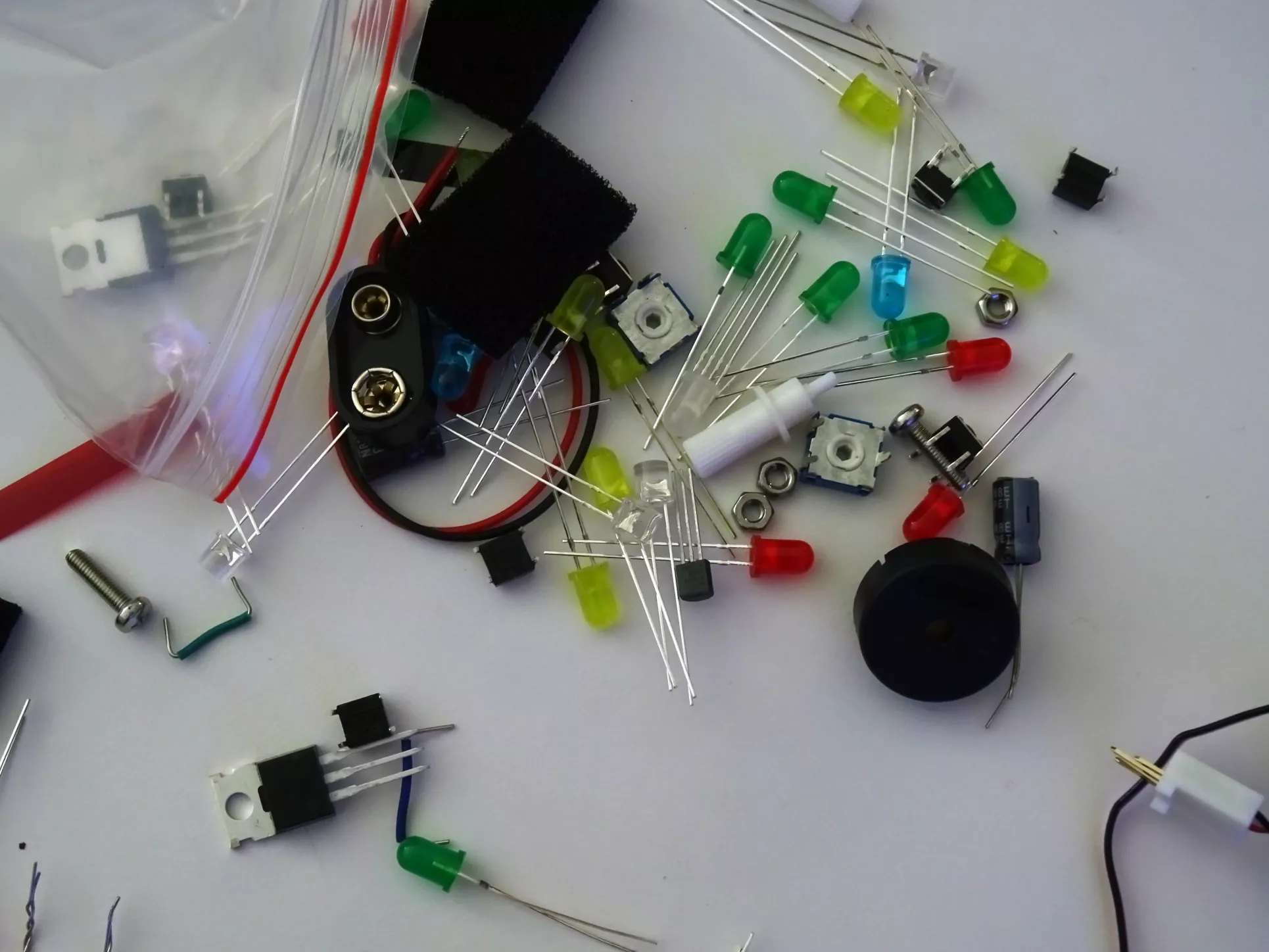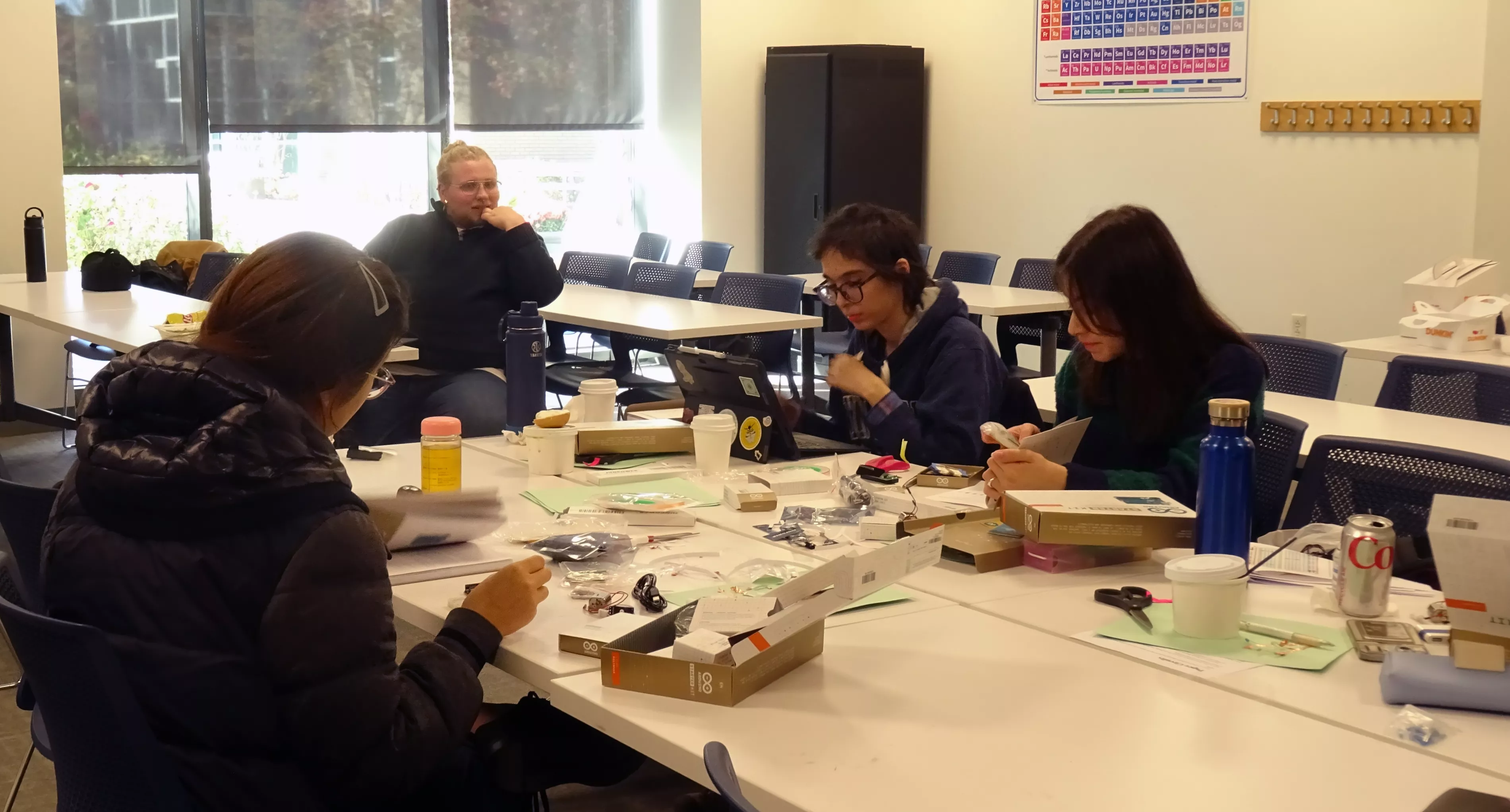
Students Learn Physical Computing over Fall Break
"There's just an endless amount of projects one can do with an Arduino...it's the perfect intersection between technology and creativity" - Sean Keenan '20
"There's just an endless amount of projects one can do with an Arduino...it's the perfect intersection between technology and creativity" - Sean Keenan '20
Over the recent fall break, students had a chance to expand their technology skills by taking part in an intensive on physical computing. The two-day session was designed by Sean Keenan '20, Educational Technology Specialist. As an alum of the College, Keenan felt it important to offer students the opportunity to better understand how microcontrollers work. "This intensive was meant to offer students from any department an opportunity to build skills in computational thinking, building circuits, and prototyping...all of these skills can really applied to almost any sort of work" Additionally, as a member of the Educational and Technology Team (EAST) within LITS, it was important for Keenan to give students a platform for practicing the Digitial Competencies, particularly those around Critical Making, Design, and Development. "The Digital Competencies really are such a useful tool-I wish I had utilized it more during undergrad because it's the perfect way to describe ones experience with technology to build a stellar resume. Intensives like this are a good way to build up these skills and have something you can put on a resume or talk about during an interview. "
To create this education, Keenan had students work with Arduino Uno starter kits. LITS has a set of these kits, designed for performing a variety of tasks using an Arduino for those new to the field, available through the makerspace. The makerspace also had a supply of electrical equipment, such as wires and LED lights. Keenan handed out the Arduino Uno starter kits and then tasked students with assembling them to handle tasks like changing colors and spelling out messages. Although far from the sizeable work performed by desktops and laptops, Keenan said the complexity of these tasks kept students plenty engaged. "The tasks in the project book they used introduced them to the wide variety of projects an Arduino can be used for...the input/output capabilities of the Arduino meant it could be used with motors, sensors, lights, bluetooth, and so much more." Even more importantly, it helped them learn. As Kashf Ali '28 put it, "The most rewarding part of the intensive was seeing my project come to life, especially after watching the code interact with real hardware!" In fact, they're looking forward to more opportunities to explore the topic "The hands-on experience was incredibly fulfilling; it strengthened my interest in robotics and made me more excited about future projects in hardware development".
As for Keenan, he's hoping to rerun the intensive in the near future. In the meantime, he's happy to assist anyone interested in physical computing. Some of the materials used during it are available to the students through the makerspace. Those interested should stop by during open hours. For Keenan, the trip is more than effort. "I would encourage anyone who's remotely interested to stop by the makerspace and chat... we can talk about beginner projects to try out, or if you want to learn how you could use it for a specific purpose like a home automation project or cosplay we can chat about that too!"
